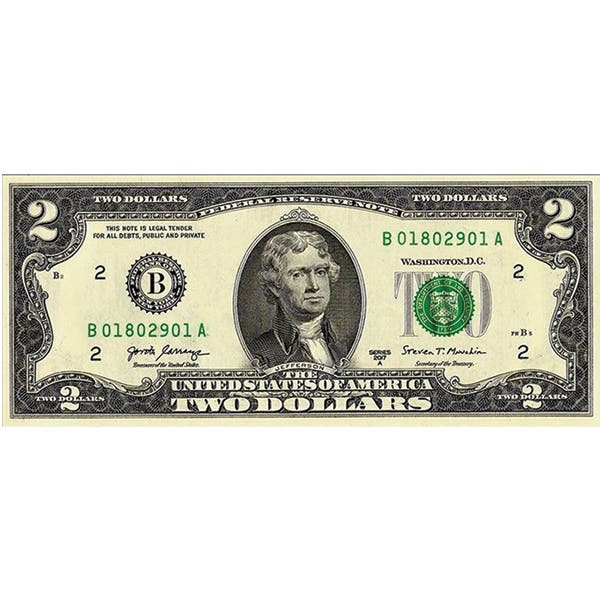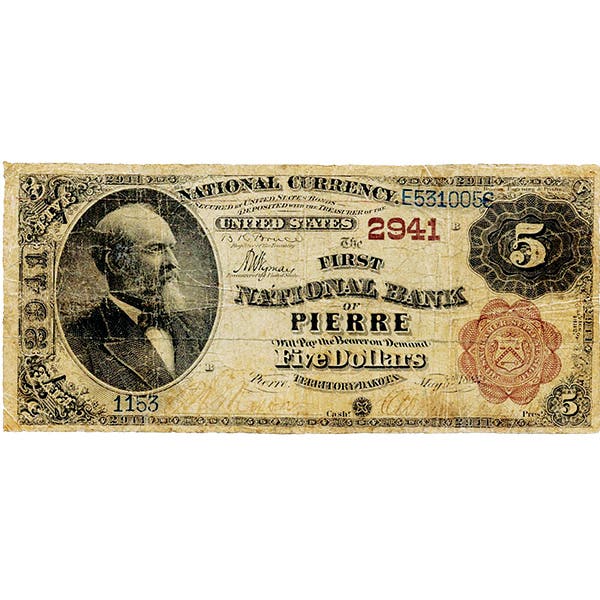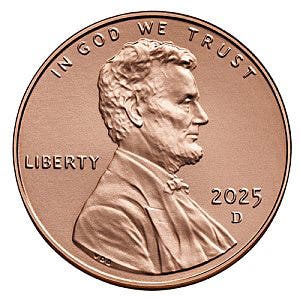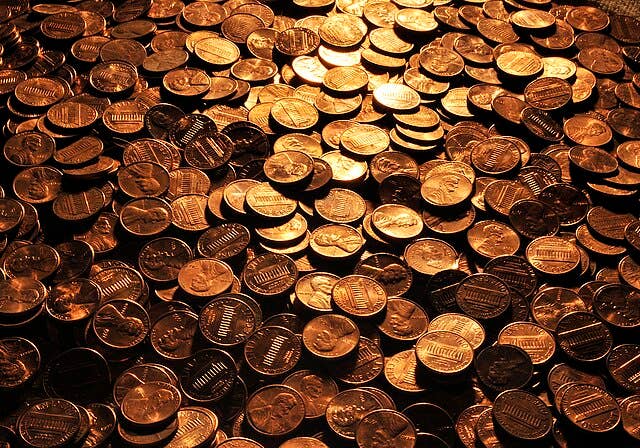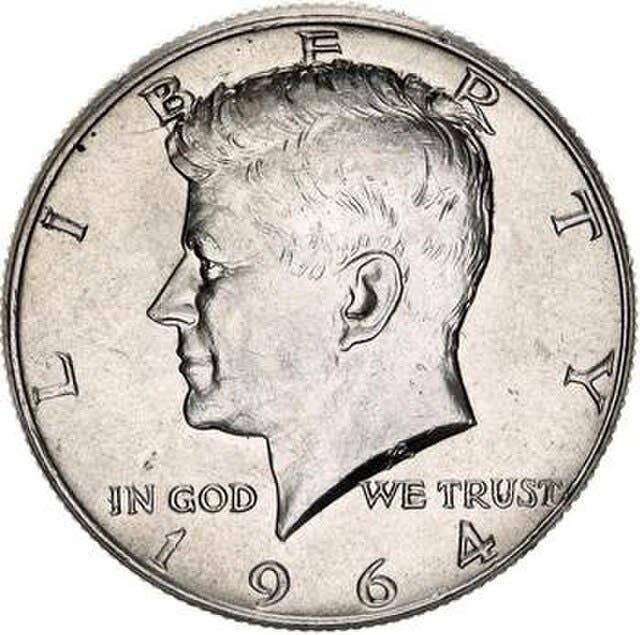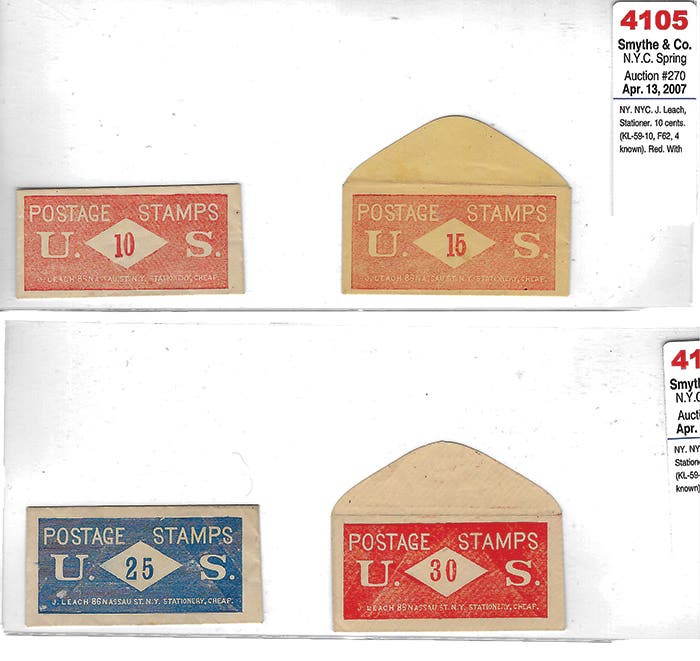Viewpoint: It’s OK if Mint loses money on cent, nickel
By John Esposito It has recently occurred to me that by being a coin collector, I am a member of a schizophrenic community. For every voice ranting about fiat money…
By John Esposito
It has recently occurred to me that by being a coin collector, I am a member of a schizophrenic community. For every voice ranting about fiat money there is another voice saying we should stop minting the cent and the nickel. While you may think these issues unrelated, they definitely are not.
The argument against the nickel and penny is that they cost more to mint than their face values. To which I ask, so what? The cent and nickel are products of the Federal government, the government that exists to serve its people. It takes taxes and provides services in return.
The Department of Defense takes in about $600 billion a year, and no one expects it to turn a profit; it provides a service – defense against foreign enemies. Similarly, the Post Office used to provide a service without thought of having to turn a profit. The Post Office’s service was at one time so valuable that Congress thought the Post Office could be self-funding. However, the fates of the Post Office and other quasi-government agencies like Freddie Mac and Fannie Mae show that we are not too good at running entities that are both public and private, or perhaps neither public nor private.
The U.S. Mint is a government entity, but we seem to want it to run like a private company. We want it to turn a profit on every item it “sells.” The coining of money may seem like a manufacturing operation, but the Mint is actually providing a service – it is greasing the wheels of commerce. As a government entity providing a vital service, the Mint has no more need to be profitable than does the DoD, HUD, or EPA. The fact that the Mint can be profitable is simply a bonus.
The Mint used to make precious metal coins with intrinsic values equal to their face values. When manufacturing costs were added, those coins must have also incurred a small loss per coin. Yet, there was likely no call to stop making precious metal coins until their metal values significantly exceeded their face values.
Thus, the criterion for making cents and nickels should be whether they support commerce. If they circulate they enhance commerce, while if they do not circulate they do not enhance commerce. By this criterion, the half dollar and dollar coins do not enhance commerce, and likely should not be produced even though they can be produced profitably.
Beyond whether the cent and nickel enable commerce, there is another reason for us to not want to see production on these two coins halted. They are not fiat money!
The material value of a paper dollar is essentially nil. Similarly, the metal content of our dollar coins is a small fraction of their face values; both paper and Presidential dollars are fiat money. Not so the penny and nickel. Using the spot prices for zinc, copper and nickel during the third week of September, I came up with the following intrinsic values for the penny and nickel:
• 4.69 cents for the nickel (copper/nickel values)
• 0.57 cents for the current cent (zinc value only)
• 2.10 cents for the pre-1982 cent (copper value only).
The American proclivity for hoarding pennies is viewed as a sign of the penny’s insignificant value, but it may also be a manifestation of Gresham’s Law. Pennies are better money than paper dollars. Rather than demanding that cent and nickel production be discontinued, we should be demanding payment only in pennies and nickels. Make that pre-1982 pennies for me.
Before someone points it out, I am aware that pennies and nickels may not be legal tender for large purchases, but I’ll take them anyway.
John Esposito is a hobbyist from Marlboro, Mass.
E-mail your “Viewpoint” to david.harper@fwmedia.com. Include your city and state in your email.
This article was originally printed in Numismatic News Express.
>> Subscribe today
More Coin Collecting Resources:
• Kick-start your coin collection with the Fundamentals of Coin Collecting set of essential resources and tools.
• Strike it rich with this U.S. coins value pack.
• Build an impressive collection with Coin Collecting 101.




